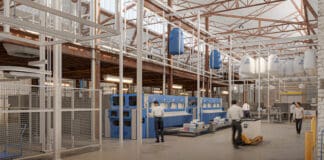By Brittany Campbell, Ph.D.
Due to the coronavirus pandemic, in-person classes ended abruptly this Spring for most schools across the country without any indication as to when they would resume, giving students and faculty little time to vacate the premises and prepare the building for extended vacancy. Without the typical end-of-year “clean out” these facilities require, certain items left behind could spur a serious issue come Fall — pest infestations.
With the changes in human behavior in response to nationwide stay-at-home orders, many pest’s usual food sources, including dumpsters and garbage cans, were empty, forcing them to become more resourceful in order to survive. From snacks left in lockers to hasty cleaning and storage efforts in cafeterias and classrooms, seemingly innocuous items had the chance to spoil, making schools a prime target for dangerous pests such as rats, cockroaches, and ants.
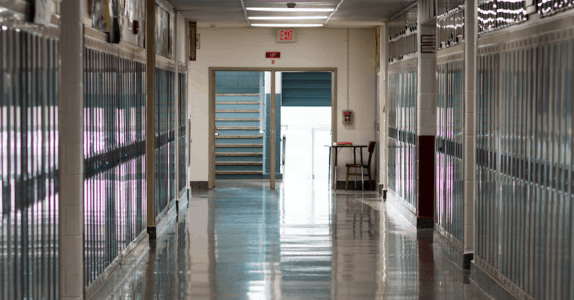
With schools laying vacant for months, it is crucial facility management address potential pest control problems now in order to stave off an infestation at the start of the upcoming school year. The first step in readying a facility for re-occupancy is to partner with a licensed pest control company to help implement an Integrated Pest Management (IPM) plan specific to the building. Utilizing a three-part practice consisting of inspection, identification, and treatment, pest professionals will assess the facility, pinpoint and address any problem areas, helping to protect students, teachers, and the property itself from the diseases and damage caused by pests.
In addition to working with a licensed pest control company, there are additional steps facility management teams can take to help prevent an infestation:
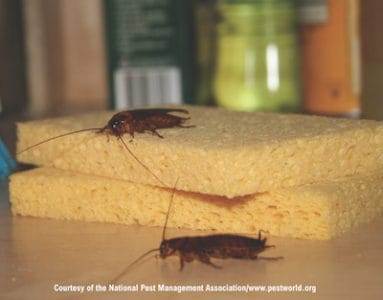
- Keep food sealed and stored properly, particularly in facility kitchens and cafeterias.
- Clean high-volume areas such as cafeterias and gymnasiums daily where crumbs and trash are more likely to build up.
- Dispose of garbage regularly and store in sealed receptacles.
- Look for droppings or gnaw marks near food sources, as these could indicate a rodent problem.
- Seal cracks and holes on the outside of the school using an appropriate sealant, paying special attention to entry points for utilities and pipes.
- Keep tree branches and shrubbery well-trimmed and away from the building.
- Keep basements and crawl spaces well ventilated and dry.
- Repair decaying exterior wood on buildings as some insects are drawn to deteriorating wood.
- Replace weather-stripping and repair loose mortar around basement foundation and windows.
- Don’t overlook proper drainage at the foundation; install a drainage system, which will channel water away from the building.
When classes do finally resume, it is imperative facility management also educate faculty and students on best practices for preventing infestations. Pest prevention in schools is a collaborative effort for all involved, and only by working together can schools ensure the safety of everyone when the time comes to reopen.
 Dr. Campbell is a staff entomologist and research scientist for the National Pest Management Association (NPMA). She holds a Ph.D. in Entomology from the University of Florida, where she studied the biology and control of the common as well as tropical bed bug. Her work with tropical bed bugs garnered national attention and the nickname, “Mother of Bed Bugs,” a title she is quite proud of. Prior to her time at the University of Florida, Dr. Campbell attained a Master’s degree in Entomology from Virginia Tech, where she evaluated insecticide resistance in bed bug eggs.
Dr. Campbell is a staff entomologist and research scientist for the National Pest Management Association (NPMA). She holds a Ph.D. in Entomology from the University of Florida, where she studied the biology and control of the common as well as tropical bed bug. Her work with tropical bed bugs garnered national attention and the nickname, “Mother of Bed Bugs,” a title she is quite proud of. Prior to her time at the University of Florida, Dr. Campbell attained a Master’s degree in Entomology from Virginia Tech, where she evaluated insecticide resistance in bed bug eggs.
Want more news about pest control and facilities?
Click here to read more news related to Pest Management and facility management.




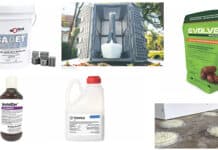


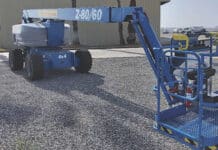
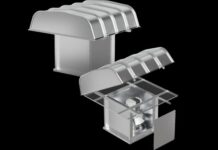


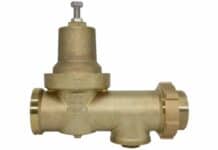




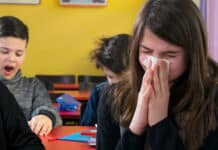


![[VIDEO] Job Order Contracting: Accelerating the Projects that Matter](https://facilityexecutivemagazine.kinsta.cloud/wp-content/uploads/2024/05/maxresdefault-324x160.jpg)
